Plants For Containers
Learn all about container gardening: which plants to choose to create impact and how to look after them.

Containers are a great way of making a bold statement, drawing attention to a specific area of the garden, or simply bringing some colour to a patio or seating area.
When preparing garden designs and plans, clients often ask us for suggestions for plants they can grow in containers – on patios, as features / focal points, flanking walkways or by the front door.
Suitable Plants for Containers
Here’s a list of suitable plants for containers which you might like to try:
1. Herbaceous Plants
- Annuals and tender perennials, including herbs
- Ferns e.g. Asplenium and Polystichum – great in shade
- Evergreen perennials such as Heuchera and Bergenia.
- Herbaceous perennials with attractive foliage e.g. Hostas (see note on slug control below)
- Grasses e.g. Festuca glauca, Pennisetum
Image Right: Sanctum Container Garden, RHS Chelsea 2024
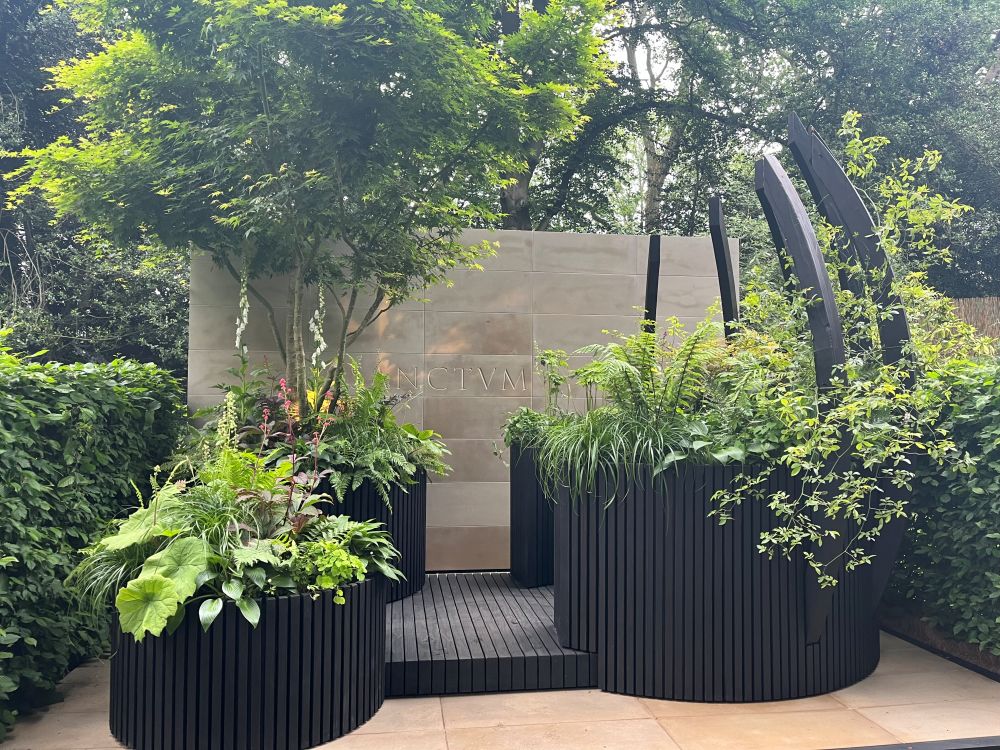
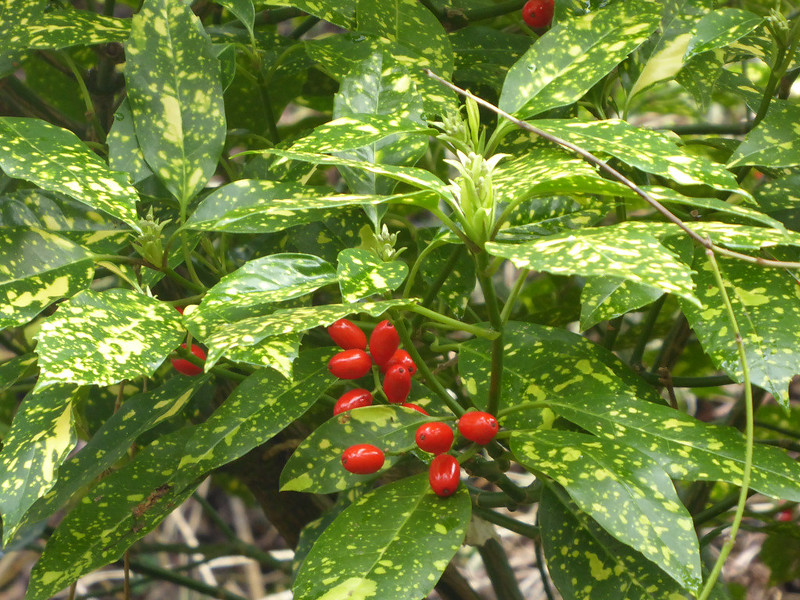
2. Evergreen Shrubs
- Clipped evergreens e.g. Box and Yew
- Small evergreen shrubs such as Pittosporum ‘Tom Thumb’, Euonymus ‘Emerald and Gold’ (and ‘Emerald Gaiety), Skimmia japonica ‘Rubella’ (and others), Photinia ‘Little Red Robin’. Also Lavender and Hebe.
- Some medium/large shrubs will tolerate being grown in containers, and this can be a useful way of introducing greenery to a shady courtyard. Three potential shrubs to consider are Aucuba (spotted Laurel – often seen in containers in cafes in France and Italy – ), Viburnum tinus and Prunus lusitanica. Often these plants are clipped for a more formal and neater effect.
- Smaller conifers e.g. Juniperus squamata ‘ Blue Star’. Also some Thuja.
- Spikey plants e.g. Cordyline and Yucca (but beware the razor sharp leaf edges of many Yuccas)
3. Acid-Loving Plants
- In areas with alkaline soils, containers with ericaceous compost (compost which is lime-free and more acidic than most) may be the only way of growing plants such as Camellias, Pieris and Rhododendron. See note on maintaining acidity of soil below.
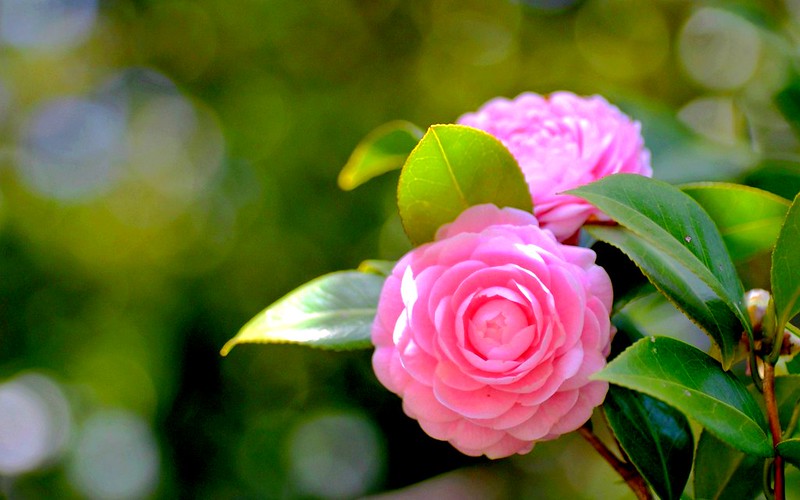
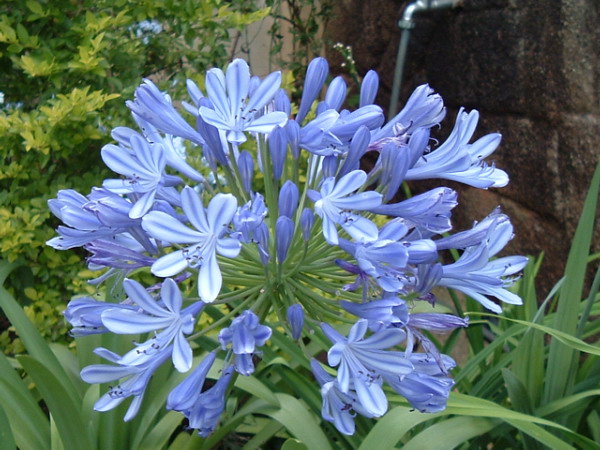
4. Deciduous Shrubs, Climbers and Bulbs
- Long flowering small deciduous shrubs e.g. hardy Fuchsias
- Smaller climbers e.g. some Clematis and Ivies
- Exotic flowering plants e.g. Agapanthus, Lilies (which benefit from the good drainage that containers can provide)
Container Arrangements, Size and Practical tips
To get the best out of your containers and to ensure your plants flourish, here are some practical tips:
Arranging Containers
- When planning what to grow in containers, gardeners often think about which plants to combine in a single pot, although it can be more effective to grow plants in individual containers, and then to arrange the containers to provide attractive combinations.
- If you’re not confident in arranging your containers, one tip is to make sure that there is some thread of commonality running through your arrangement – that could be the type and/or shape of the containers as well as the type/colour of the plants.
Image Right: The Water Saving Garden, RHS Chelsea 2024
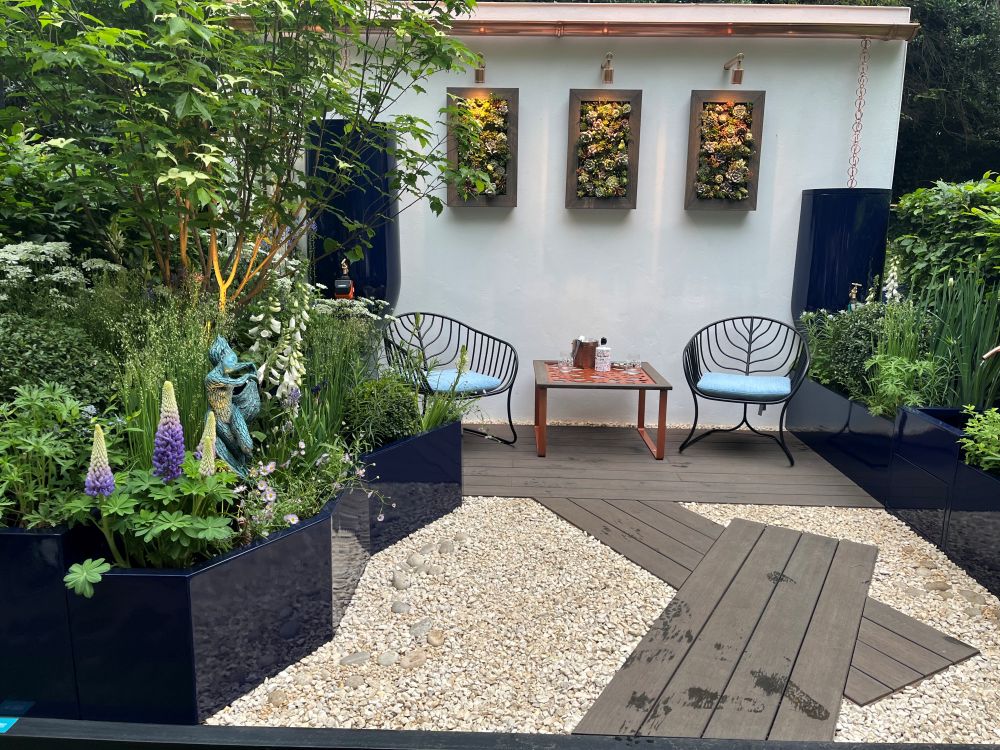

Container Size and Plant Maintenance
- When thinking about what to plant in a container, it is important to remember that no plant likes to live in the same (or indeed any) pot forever. As the plant grows it will quickly consume all the nutrients in the soil, and its roots will outgrow the allotted space.
- So, while the plants are young, they will need repotting into larger pots with new compost periodically, and also feeding during the growing season.
- With larger plants, there will almost inevitably come a time when it is no longer practical to keep potting up an ever larger plant. Here, it is important to try to remove the top few inches of soil / compost each year and to replace this with some fresh new compost. The plants will also benefit hugely from being fed. Ideally, these large plants will eventually be found a home in the flower border, but if not they may continue to flourish in their pots until they finally get pot bound and begin to look less healthy.
Pests and Practical Tips
Pests such as vine weevil and red spider mite can be a problem when growing plants in containers, and some form of chemical or biological control might be necessary. Vine weevil, for example, are very fond of plants such as Heuchera and Fuchsias.
For plants that need lime-free, acidic soil, over time, watering will cause ericaceous compost/soil to become more alkaline. To compensate, boost the soil periodically with iron sequestrine.
Some plants are particularly liable to attack by slugs and/or snails e.g. Hostas. Damage can be restricted by mulching the soil with a coarse grit, and also standing the pot on a layer of grit. A band of copper around the edge of the pot can also be effective.
And a final tip – you can often buy summer flowering perennials inexpensively by buying them in small 9cm containers, and many garden centres will also give volume discount if you buy say 5 or more. Try growing these in their first year in a few pots on the patio to give you lots of summer colour, and then planting them out in the autumn!
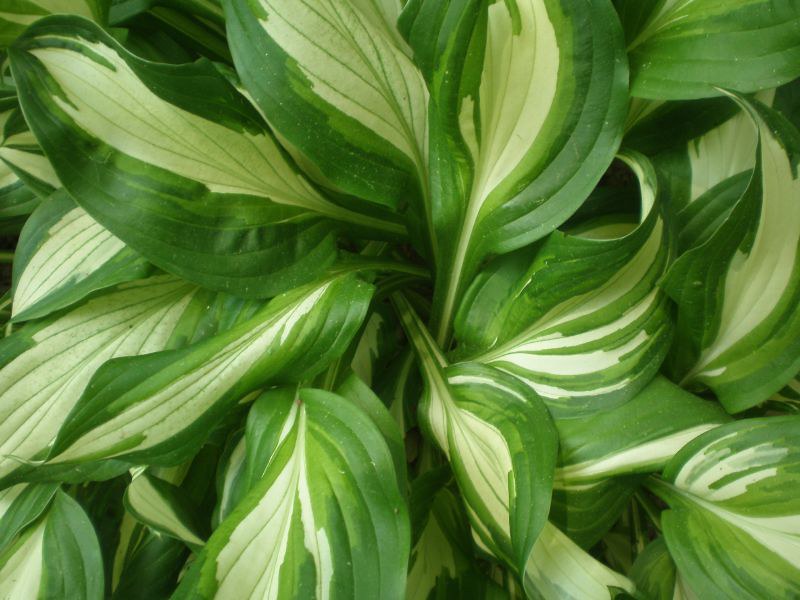
If you’ve found this blog interesting and would like to create your own container garden (or any other type of garden) and live in the Reading and Newbury area, we’d love to meet and discuss your project in detail – book your free no-obligation garden consultation today.
Image credits: